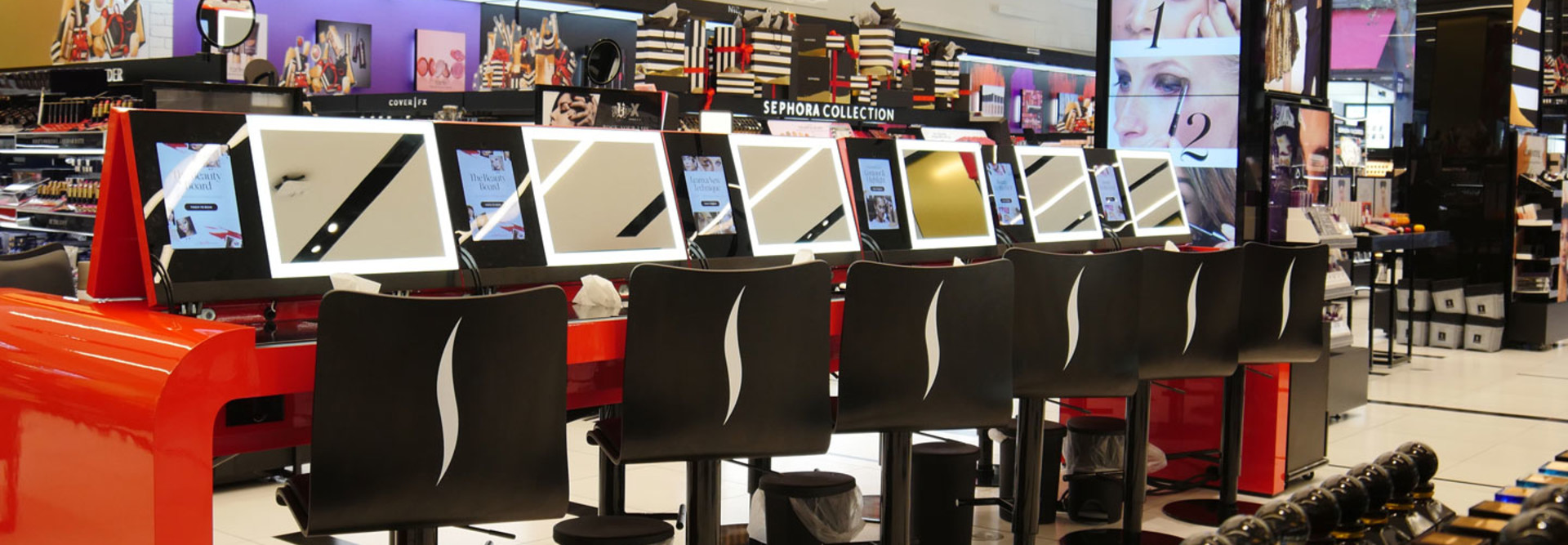Basdalm separation on images is a cutting-edge technique in the field of image processing. It helps divide images into different sections, making it easier to analyze and interpret what’s being captured. By breaking down images into smaller, distinct parts, Basdalm enables better identification and understanding of objects within the image. Whether it’s medical scans, satellite imagery, or industrial quality control, Basdalm separation plays a crucial role in enhancing accuracy and efficiency in various industries.
In image processing, accurate segmentation is key to achieving clear and meaningful insights. Basdalm uses advanced algorithms to analyze pixels and separate objects, helping to enhance the quality of the image. This method is especially useful in fields that rely on precise image analysis, such as medical imaging, satellite monitoring, and industrial quality control. By understanding Basdalm separation, businesses and professionals can improve their image analysis processes and make better decisions based on accurate data.
What is Basdalm Separation on Images?
Basdalm separation on images refers to the process of dividing an image into different segments to identify and analyze distinct objects or features. It helps in breaking down complex visual data, making it easier to understand. By using algorithms, Basdalm ensures accurate segmentation, which is important for tasks like object recognition, medical imaging, and quality control.
Basdalm improves image clarity and reduces errors in data interpretation. This technique works by examining the relationships between pixels, ensuring each object or feature is correctly identified. Basdalm separation is valuable in fields like healthcare, remote sensing, and manufacturing, where image clarity can lead to better decision-making.
The Science Behind Basdalm Separation on Images

Basdalm works by analyzing pixel patterns and their interactions. It identifies boundaries between objects based on color, texture, and intensity differences. The algorithm considers spatial relationships and pixel gradients to segment an image effectively.
The accuracy of Basdalm lies in its ability to group similar pixels, ensuring only relevant areas are separated. Unlike traditional methods, Basdalm focuses on contextual relationships between pixels, allowing for more precise segmentation. This makes it a powerful tool for processing large images like medical scans or satellite imagery.
Applications of Basdalm Separation in Real-World Scenarios
- Basdalm in Medical Imaging: Enhancing Diagnosis Accuracy
Basdalm plays a crucial role in medical imaging by separating tissues and identifying abnormalities. It helps doctors focus on specific areas, like distinguishing healthy tissue from affected regions in MRI or CT scans. This improves diagnosis and treatment planning. - Satellite and Aerial Image Analysis with Basdalm
Basdalm is vital in processing large-scale satellite and aerial imagery. It helps in mapping, environmental monitoring, and disaster response by segmenting vast images into useful parts. This leads to better monitoring and timely decision-making. - Quality Control in Industries Using Basdalm
In manufacturing, Basdalm ensures product quality by identifying defects in assembly lines. By separating defective parts from the rest, it enhances quality control processes. Basdalm also assists in surveillance systems by tracking objects accurately in real-time.
Advantages of Using Basdalm Separation on Images
- Increased Accuracy in Image Segmentation
Basdalm improves the accuracy of image segmentation by focusing on pixel relationships, reducing errors in object identification. This results in clearer and more precise data. - Faster and More Efficient Image Processing
Basdalm speeds up image processing by automating the segmentation process. It can handle large datasets quickly, making it suitable for real-time applications like medical imaging and surveillance.
Challenges of Basdalm Separation in Image Analysis
- Computing Power and Complex Calculations
Basdalm requires significant computational resources due to the complexity of its algorithms. Processing large images or datasets can strain computing power and increase processing time. - Image Quality Limitations and Solutions
Basdalm’s performance depends on the quality of the input image. Low-resolution or noisy images can affect the accuracy of segmentation. Improvements like noise reduction and resolution enhancement help mitigate these issues.
Future Trends of Basdalm Separation in Image Processing

- Basdalm Integration with AI for Advanced Image Analysis
The combination of Basdalm and AI is expected to advance image processing further. AI-driven Basdalm techniques will improve accuracy, automate tasks, and provide deeper insights from large datasets. - Emerging Trends in Image Processing with Basdalm
Future trends include using Basdalm in conjunction with deep learning, allowing it to handle more complex visual data. This will expand its applications across industries like autonomous vehicles and real-time data analysis.
Conclusion
Basdalm separation on images is a powerful technique that helps break down complex images into clearer, more manageable parts. It plays a crucial role in industries like healthcare, satellite imaging, and manufacturing, improving accuracy and efficiency in image analysis. With its ability to handle large datasets and identify objects with precision, Basdalm is set to become even more useful as technology advances.
In the future, Basdalm combined with AI will likely expand its capabilities, offering new solutions for various industries. Whether it’s helping doctors make better diagnoses or assisting in environmental monitoring, Basdalm has the potential to transform how we work with images. As technology continues to evolve, Basdalm will remain an essential tool for image processing.
FAQs
Q: What is Basdalm separation on images?
A: Basdalm separation on images divides an image into sections to make it easier to analyze and understand the different parts.
Q: How does Basdalm work?
A: Basdalm analyzes pixel patterns, colors, and textures to identify and separate different objects or areas in an image.
Q: What are some applications of Basdalm?
A: Basdalm is used in medical imaging, satellite imagery, quality control, and surveillance to enhance accuracy and efficiency.
Q: What challenges does Basdalm face?
A: Basdalm requires powerful computers and can struggle with low-quality or noisy images, which affect accuracy.
Q: Will Basdalm become more useful in the future?
A: Yes, with AI, Basdalm will become even better at analyzing complex images and helping in various industries.4o




